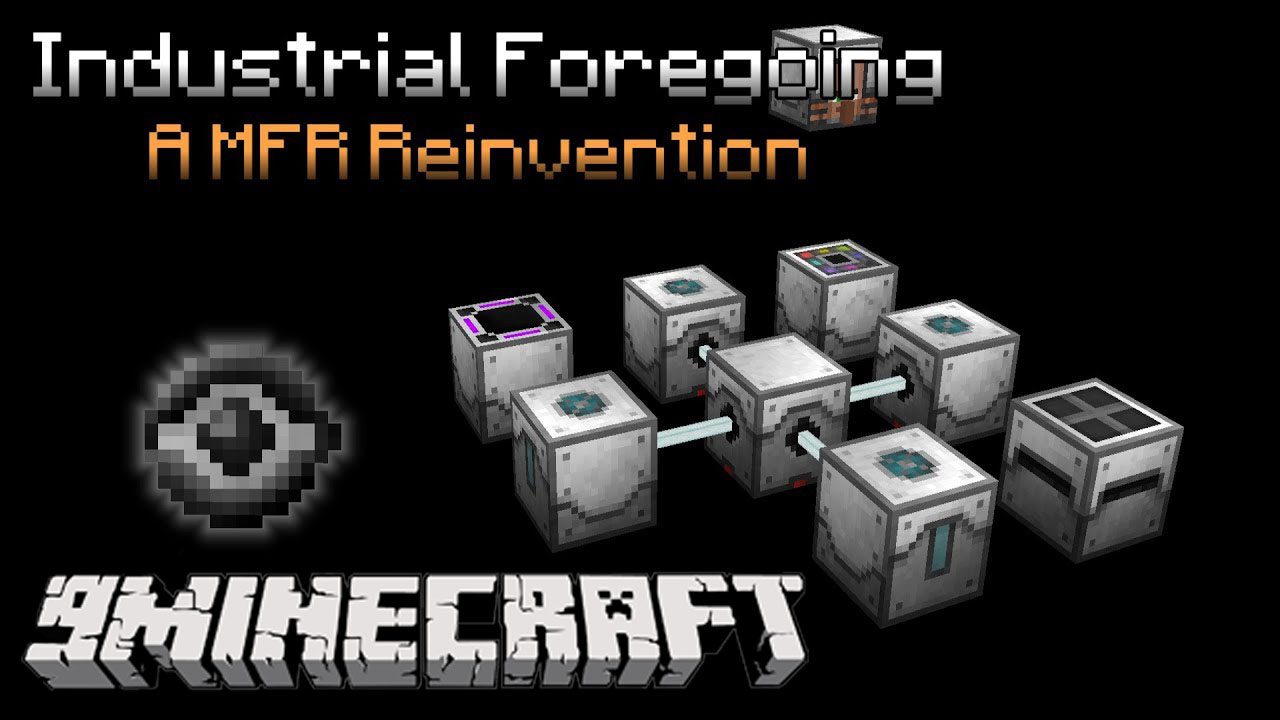

2.3 Remote chunk loaders using glitched arrows.2.1 Remote chunk loaders using nether portals.1 Lazy chunks and Entity processing chunks.Also, unless a wood farm and an Iron Golem farm (Note that there are iron farm designs, which have to be loaded at all times.) exist in the world or on the server where chunks are to be loaded, it can be very hard to gather resources for such operation. This way of chunk loading has some very clear flaws: First, it's very tedious to link up the spawn chunks with every single chunk on the way to the destination, that can be thousands of blocks away. It notices it is not loaded, and loads the chunk.

This way, the game sees the hopper and checks the other chunk to check if there is a container. The hopper must face towards the chunk that needs to be loaded. The most common methods of making sure that chunks outside of the Spawn Chunks are loaded, is moving an entity (usually an Item) through a Nether portal, or using hoppers on the chunk border between the spawn chunks or any other chunk that is always loaded and an unloaded chunk. That is a simple concept of Chunk Loading. If during the 60-second period an entity moves through a Nether portal, all loaded chunks will continue to be loaded for another 60 seconds. Then, all chunks, including redstone, entities, and game mechanics will stop working until a player logs back on. When a player logs out or travels to another dimension, all loaded chunks will keep being loaded for 60 seconds prior to 1.9 or 10 seconds in 1.9 and above. However only the center 12x12 (or 13x13 chunks, in case the Spawnpoint of the world is in the exact center of a chunk) will process entities, the chunks at the border will only handle block updates. The Spawn Chunks are special because they are always loaded in memory, unlike regular chunks which are only loaded when a player is nearby. Centered around the world spawn point is a 16x16 grid of chunks (or 17x17 if the Spawnpoint of the world is in the exact center of a chunk) that are referred to as the Spawn Chunks. The term "subchunk" is used to refer to a group of 16 x 16 x 16 blocks that are stacked on top of each other to make up a chunk. A chunk is a column of 16 x 256 x 16 blocks. Minecraft processes the world in groups of blocks known as "chunks". More recent information about chunk loading needs to be included. sizes) only apply to older minecraft versions. Attention: The content below is partially outdated and some aspects (e.g.


 0 kommentar(er)
0 kommentar(er)
